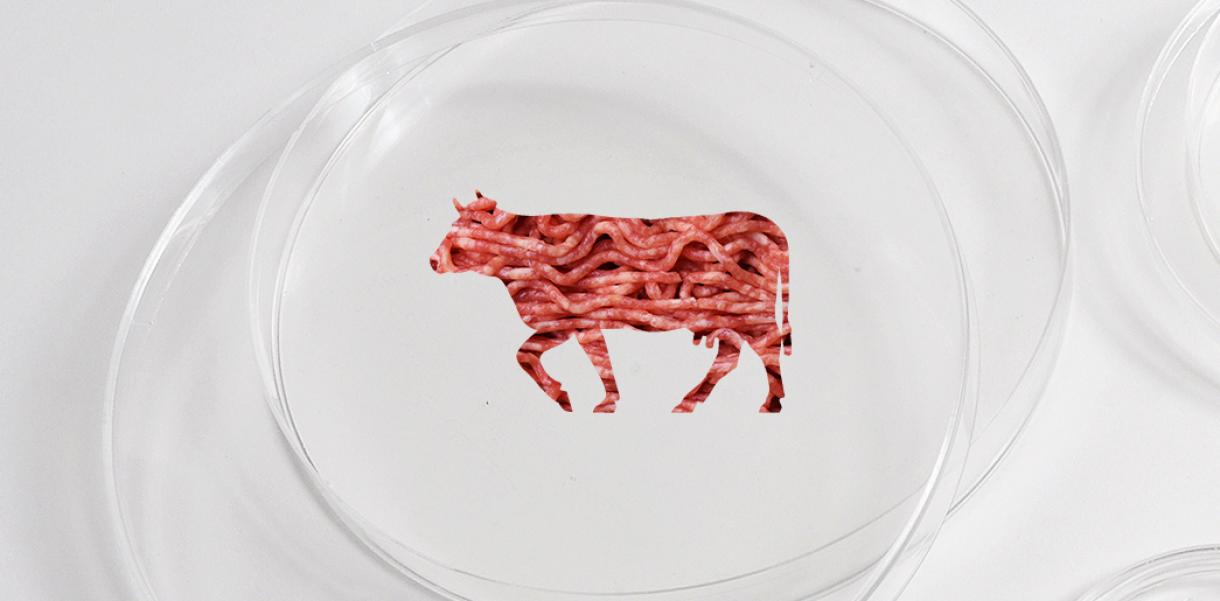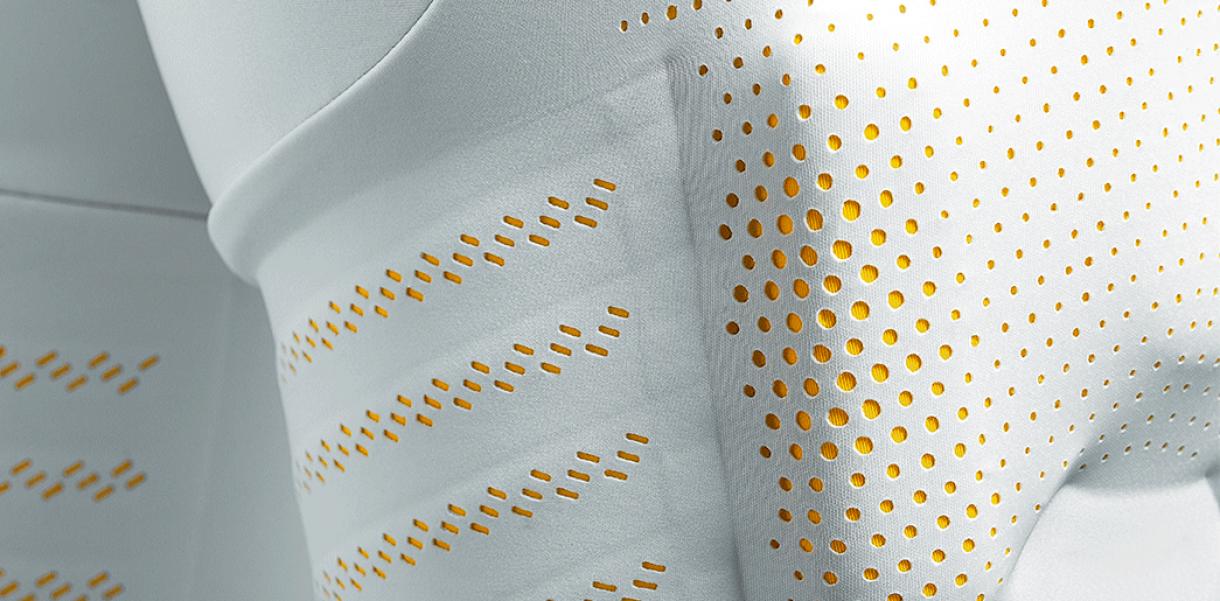Some off-putting images likely spring to mind when you think of lab-grown meat. Probably not dissimilar to many scenes in sci-fi films: rows of failed experiments suspended in glass jars; creatures strapped to cadaver tables neither living or dead; or —from a less dramatic view— Petri dishes of pink-hued, uniformly-sized cubes – about as far off from real food as it gets.
But, I assure you, the future doesn’t look so grim.
For most of us, meat is viewed as an essential commodity. Giving it up isn’t even an option. As many argue, eating animals is inherently human.
Right now, it’s estimated that we kill over 56 billion animals each year for meat. Many of us know this. Most of us think it’s bad. Yet, the vast majority of us continue to eat them.
Lab-grown meat, however, could deliver the exact same product without the cruelty and climate impact.
To grow meat —like anything else— you need a seed, good soil and optimal growing conditions. The seed is a cell sample, either stem or muscle, taken from the animal. These starting cells are then given a type of nutrient-rich ‘scaffold’ and, with loving care, the tiny cells grow up into a healthy piece of flesh.
As stem cells can multiply infinitely, in theory, one cow could provide an infinite supply of meat. But, a little more realistically, researchers suggest that one live cow could replace 100,000 dead ones. This meat is also disease-free with a longer shelf-life, due to the sterile growing conditions, and can be highly customised.
We could grow any kind of meat. In fact, one recent article even talked about growing human flesh for consumption. They talked about growing celebrity dishes, say from the likes Brad Pitt, to give any daring consumer the chance to feast on the elite. Cells handed over voluntarily for a new and exclusive dining experience. No ethical quandary there, right?
But (fortunately or unfortunately – depending on how you see it) we’re not quite there yet. Yes, they can grow real flesh, but we’re still a way off from growing that juicy ribeye with the perfect marbling.
“Researchers suggest that one live cow could replace 100,000 dead ones.”
Another hurdle is cost. The first cell-cultured burger patty cost US $33,000. However, the tiny industry, comprising just a handful of teams, are poised to bring clean meat prices on par with today’s real thing. Perhaps as soon as 2019. Especially now that investors like Bill Gates and Richard Branson are backing the pursuit.
The other issue, and perhaps most critical, is public perception. From talking with meat-eating friends, colleagues and surveying the Internet, it’s clear that many people think it’s just plain disgusting. An understandable initial reaction, but feeble reasoning when you consider present-day practices. Most of us are, very willingly, detached from how our meat is currently produced, so would it really matter if it came from a lab and not a farm?
Others claim that we should just stop eating meat altogether. Just stop. If we could be less awful humans, then there’d be no need for this alternative. A valid point, but completely unhelpful. Finger-pointing and guilt clearly don’t always have the desired effect. We can all be selfish creatures and, unfortunately, the masses generally don’t respond well when asked to sacrifice something. Especially if it’s cheap, accessible and delicious.
There’s also those concerned that we’re playing God. They believe cultured meat would over complicate things. Others question the unforeseen health consequences. They’re either worried that the process is literally a recipe for disaster or they don’t trust food producers to make safe or ‘ethical’ products.
Again, valid concerns, but we need to remember that so much of the ‘natural’ food we eat now has been designed. For thousands of years, we’ve removed the ‘flaws’ and bred bigger and better specimens for our consumption. Wheat, as a basic example, is the result of thousands of years of selective breeding. And thankfully, we now live in an age where supply transparency is constantly improving, particularly thanks to blockchain.
“We need to remember that so much of the ‘natural’ food we eat now has been designed.”
While I’m optimistic that consumer behaviour is changing, it’s not fast or widespread enough. We have a chance to end a frankly barbaric industry while cutting our energy use by 70% and land use by 90%. Not to mention all the other nasty by-products of the industry. And by supporting these companies, we open ourselves up to further possibilities. We could produce any kind of clean animal product: eggs, leather, silk, fur, flavours – the list goes on.
Lab-grown meat will undoubtedly present its own set of problems. But there’s no way it could be worse than where we are now. While I don’t eat meat, I understand why people do and, most importantly, I don’t think shaming anybody really helps the cause. As bleak as it may sound, most people won’t give up something they love for the greater good. That’s why it’s essential to support a movement that has the genuine capacity to disrupt one of our most ancient and ingrained human behaviours – for the better or for the (implausible) worse.




